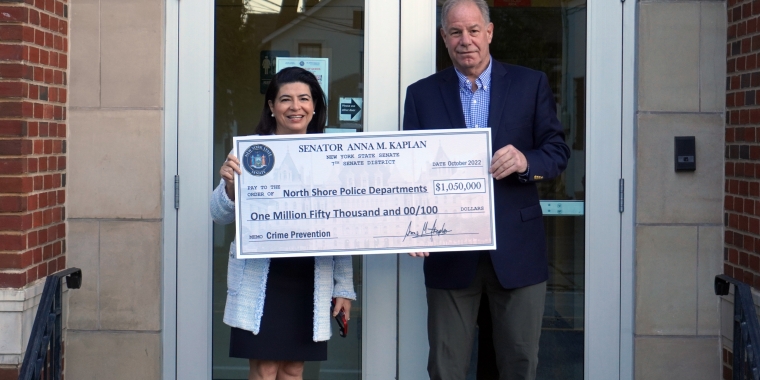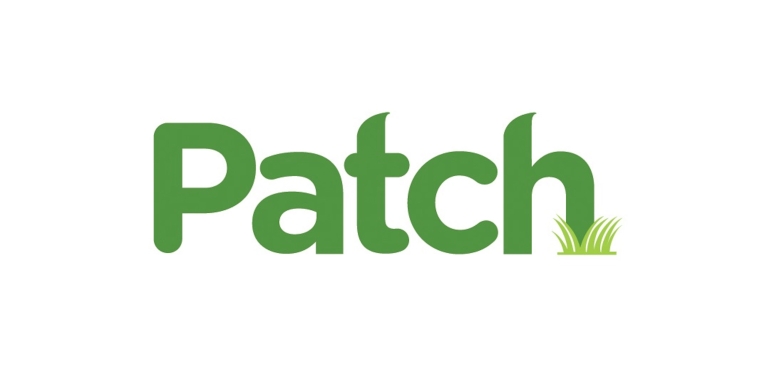
NY to survey how school districts are teaching about the Holocaust

The New York Education Department plans to survey school districts statewide over the next few months on how they are teaching the history of the Holocaust.
Districts that fall short of the teaching requirements will have to submit a corrective action plan to the education department. The directive comes during a time when research shows young people have poor awareness and understanding of the Holocaust, which took place from 1933 to 1945 and in which 6 million Jews and others across Europe were killed by Germany's Nazi regime.
Survey results are due to Gov. Kathy Hochul and state lawmakers by Jan. 1, after Hochul in August signed legislation requiring the review. Teaching about the Holocaust has been required in New York since 1994 and is part of the state’s social studies framework for eighth-, 10th- and 11th-graders.
The recently signed legislation aims to ensure that schoolchildren "have an understanding of what happened," said state Sen. Anna Kaplan (D-North Hills), who sponsored the bill. “It is important to teach this to our children for generations to come."
But Andrea Bolender, chair of the board of the Holocaust Memorial & Tolerance Center of Nassau County, said the teaching requirements already in place fall short.
"New York State has a very weak mandate — there are some teachers who spend weeks teaching it and some who teach one class," said Bolender, the daughter of a Holocaust survivor. She hopes the survey's results lead to a curriculum with a minimum number of required hours of instruction, which some other states already have — instead of districts teaching the Holocaust just as "an addendum to World War II."
"I would hope as survivors pass and can no longer tell their stories — there will be teachers who are trained to tell their stories. We have to make sure these stories stay alive, because if we don’t tell them — who will?" Bolender said.
Some Long Island schools have taken extra steps to ensure the Holocaust is taught and that the voices of survivors are part of the curriculum. They’ve had witnesses or their descendants speak to students, integrated lessons on the Holocaust across subjects and grade levels, added new books and media resources, and provided training for teachers.
The museum at the Holocaust Memorial & Tolerance Center in Glen Cove has hosted many field trips for local students, said Meryl Menashe, coordinator of the Irving Roth Professional Development Institute at the center.
“What surprised me is this is an area [across the state] where there is a deficiency,” said Levittown Superintendent Todd Winch, a former high school social studies teacher. “There is always more work that can be done and … the state needs to ensure it is being taught appropriately.”
The Levittown district sent a small group of staffers in June for training at the center in Glen Cove. The district will add a supplemental book to the curriculum for eighth- and 10th-graders next year called “Salvaged Pages: Young Writers' Diaries of the Holocaust."
Kerin Slattery, the district’s director of English, secondary reading and library media services who attended the June training, heard from Werner Reich, who told his story of being in the Nazi death camps and liberated at age 17. Reich died in July at age 94.
“To be among him and witness him and hear his story is something I think is going to be missing,” she said. “Meeting Werner Reich — I will never ever forget it.”
The district plans to send 40 teachers for training in November.
As survivors age, districts have turned to their children. Levittown hosted the children of two survivors who spoke to 10th-graders. The district offers a high school elective called “Facing History,” which focuses on the Holocaust and genocides worldwide.
“We usually have one or two sections at both high schools, and the students who are enrolled come out of it with very strong feelings. Last year, they were crying about what they were taught and how much the class meant to them,” said Pat Burke, district director of social studies and family and consumer science.
Port Washington school district officials also have broadened instruction on the Holocaust, evident by the lobby of Weber Middle School, where ceramic butterflies painted by students adorn the walls. The artwork is inspired by a poem in the book “I Never Saw Another Butterfly: Children’s Drawings and Poems from the Terezin Concentration Camp.” It's part of the Butterfly Project, where students are given the name of a young victim of the Holocaust represented by a butterfly, said Tom Barbara, lead social studies teacher.
The district aims to teach “what we can do to not only never forget what occurred during the Holocaust but also bring about change … and how can we use the tragedy of the Holocaust to somehow make a better society today,” Barbara said.
The district integrates lessons about the Holocaust throughout the curriculum at Weber and is developing a program in which students learn the history of a survivor.
Schreiber High School junior Sam Feldman, who took part in the "Witness Project," where he met and learned the story of a survivor through the Roslyn Jewish Community Center, is working with Barbara to develop a similar program for the middle school.
"There's not that many survivors left," Feldman, 16, said. "The kids will research them and learn about them without meeting them … It's important for people to never forget about what happened and always remember so if something like this happens again — people can put a stop to it."
At John Glenn High School in the Elwood district, educators in the English department use literature such as “Night” by Elie Wiesel and “Lord of the Flies” by William Golding as content for the 10th-grade curriculum — exploring the cautionary theme that all humans have the capacity to harm others. The hope is to limit human suffering to the greatest extent possible as promoted by Wiesel in his Nobel Peace Prize speech, Principal Corey McNamara said.
Students are shown the documentary “The Path to Nazi Genocide” provided by the U.S. Holocaust Memorial Museum and clips from the movies “Schindler’s List” and “Band of Brothers.” Students spend time learning lessons about inspiration and perseverance, educators said.
“Our social studies department teaches the historical content of the Holocaust, while our English department provides a personal perspective to help students fully grasp and understand the horrible events surrounding the Holocaust," McNamara said.


